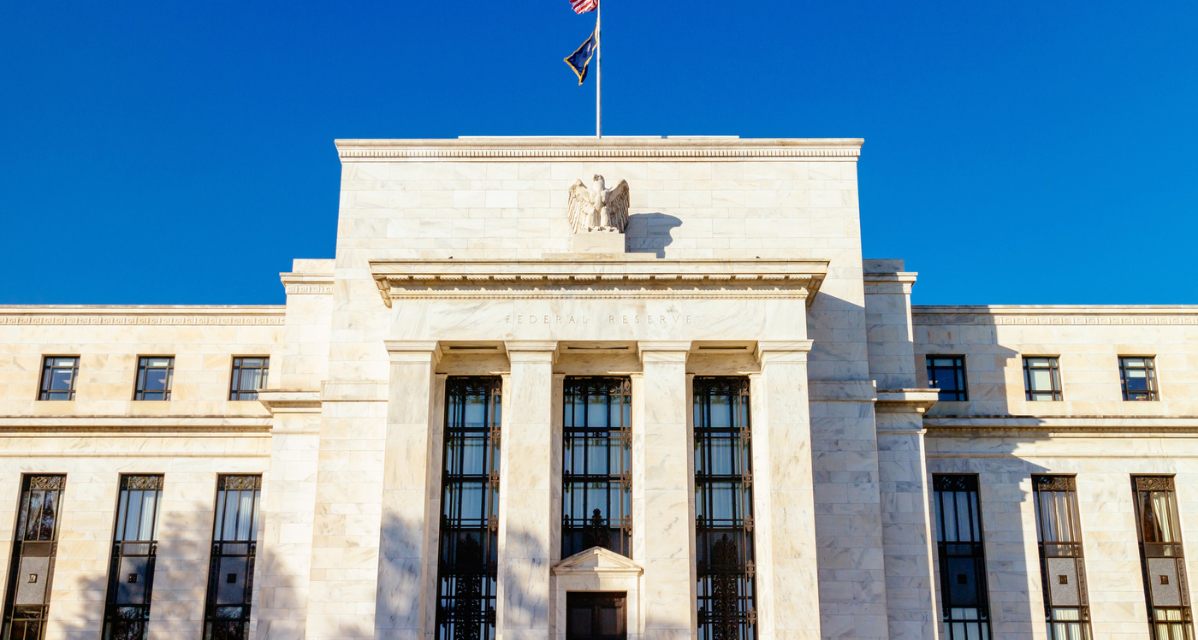Strong Economic Data Concerns the Fed

As of the close of business last Friday, global equities were lower on the week as the combination of resilient economic data and stubborn inflation suggests that central banks will have to hike interest rates further. As we have stated in our client meetings this year, we expect solid growth in portfolio values in 2023, but expect a “choppy market” in the first six months of the year. In the first two months of 2023, portfolios are up over 4% on average. The yield on the US 10-year Treasury note added seven basis points to reach 3.95% on the week while the price of a barrel of West Texas Intermediate crude oil dipped $1.25 to $74.25. Volatility, as measured by the Cboe Volatility Index (VIX), rose to 22.75 from 21.15.
MACRO NEWS
Flash purchasing managers’ indices released this week by S&P Global show that fears of an imminent global recession continue to recede amid rising demand, easing bottlenecks and improved confidence. Data released Wednesday shows that across most developed economies the services sector is rebounding more strongly than manufacturing. In the United States, the composite PMI, which includes both manufacturing and services, bounced to 50.2 in February from 46.8 in January. In the euro zone, the composite rose to 52.3 from 50.3, and in the United Kingdom it jumped to 53 from 48.5.
CANADIAN ECONOMIC NEWS
Canadian retailers are telling us that customers are now prioritizing spending on essentials and are trading down to cheaper, private-label alternatives from higher priced brands. There are a number of factors that are putting upward pressure on food costs, including geopolitical events like the war in Ukraine and the avian flu, which has caused a spike in poultry prices.
US ECONOMIC NEWS
Markets in the US continue to price in additional rate hikes from the US Federal Reserve. Fed funds futures now suggest that the central bank will hike 0.25% at each of its next three meetings while the odds of a 0.5% hike in March have increased to 27%. The minutes of the February FOMC meeting released this past week indicate that the majority of members confirmed that they are nearing the end of the tightening cycle but remain laser focused on getting inflation back to the two percent goal. Since that meeting, new data show that economic activity was stronger than expected and that slower progress is being made on inflation. Last Friday’s core PCE inflation, the Fed’s preferred price gauge rose 4.7% year over year. We believe we are on track to see inflation at 4% by June and continuing to fall to the 2% target by early in 2024.
EUROPEAN ECONOMIC NEWS
Gas consumption in the European Union between August and January was 19% below the average of the previous five years because of conservation measures and mild winter weather. The bloc will begin to refill its gas storage at a time when storage facilities are more than 50% full, easing fears that Europe will struggle to source enough gas this summer to make it through next winter. Gas supplied through Russian pipelines has fallen to less than 10% of the European total from around 50% prior to Russia’s invasion of Ukraine, but new sources of gas, including liquified natural gas, have made up for the shortfall.
Based on recent data, we expect that the European Central Bank will hike rates by an additional 1.7% by the third quarter, bringing its target rate to 3.7% from 2.5% today.
JAPAN, CHINA and EMERGING MARKETS ECONOMIC NEWS
During a confirmation hearing with lower-house lawmakers on Friday, Kazuo Ueda, nominated to replace Haruhiko Kuroda as governor of the Bank of Japan, suggested there won’t be an immediate pivot to a less accommodative monetary policy if he is confirmed to replace Kuroda, whose term ends in April. Ueda said that the central bank should continue with stimulus until it is clear that inflation has reached a sustainable 2%. Ueda will appear before the upper house of Japan’s parliament Tuesday.

